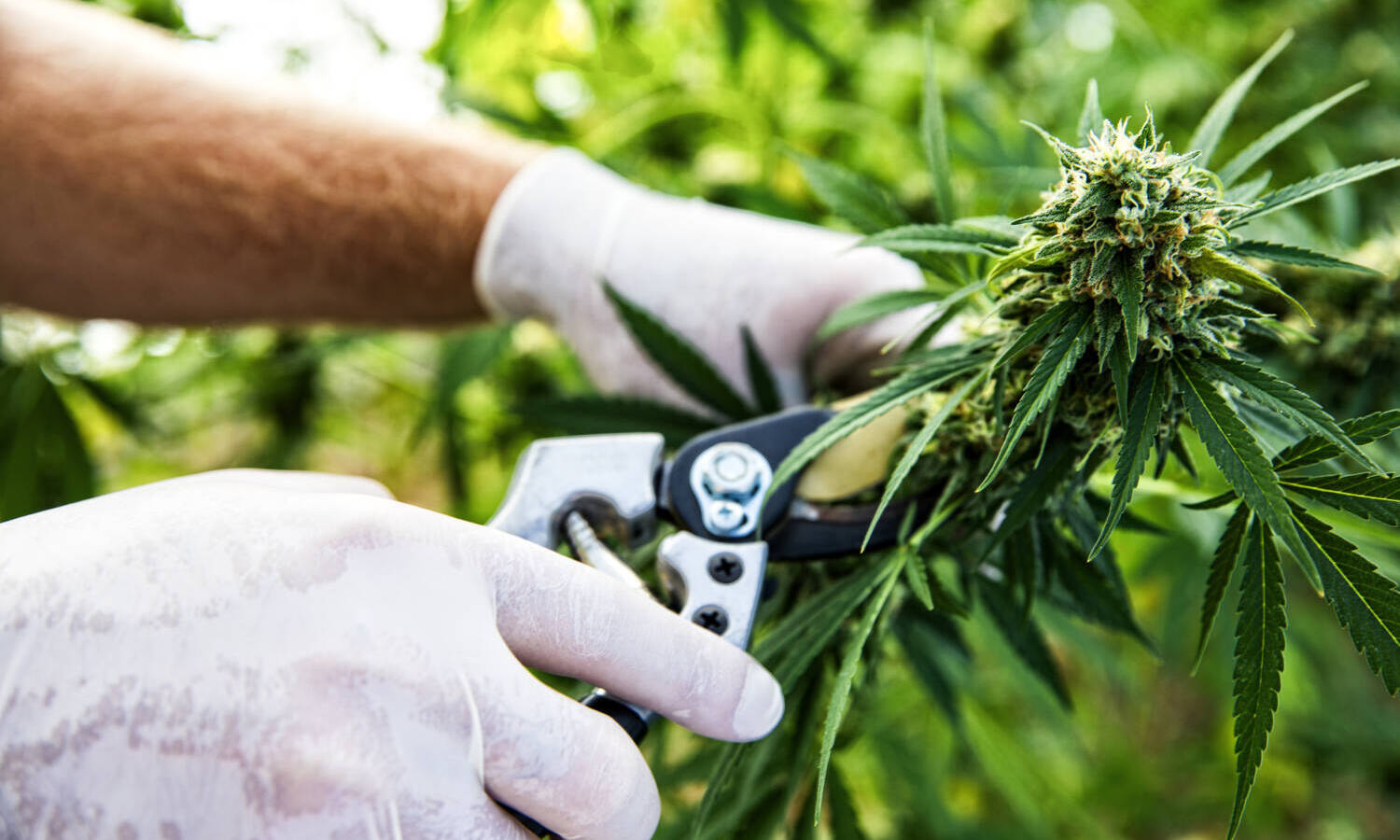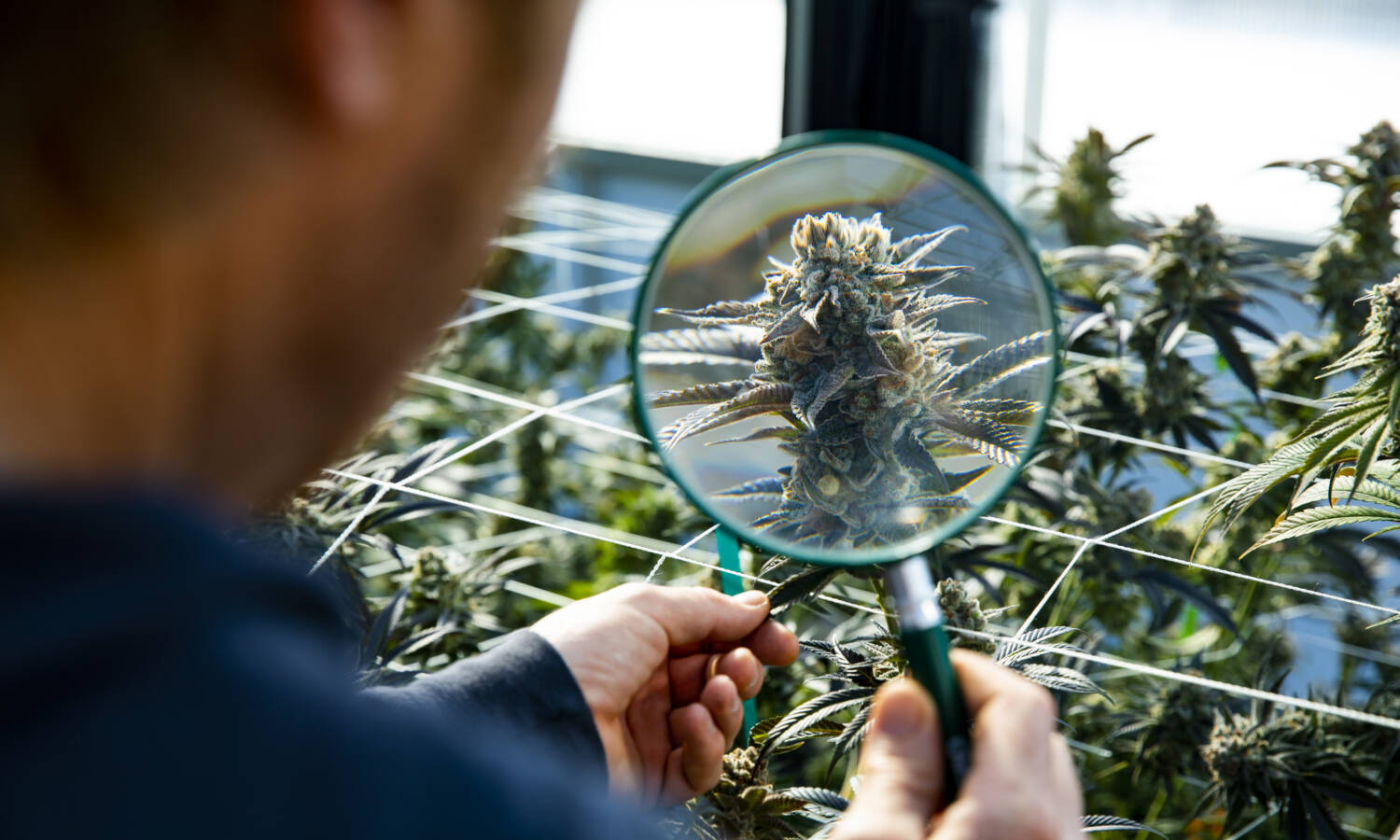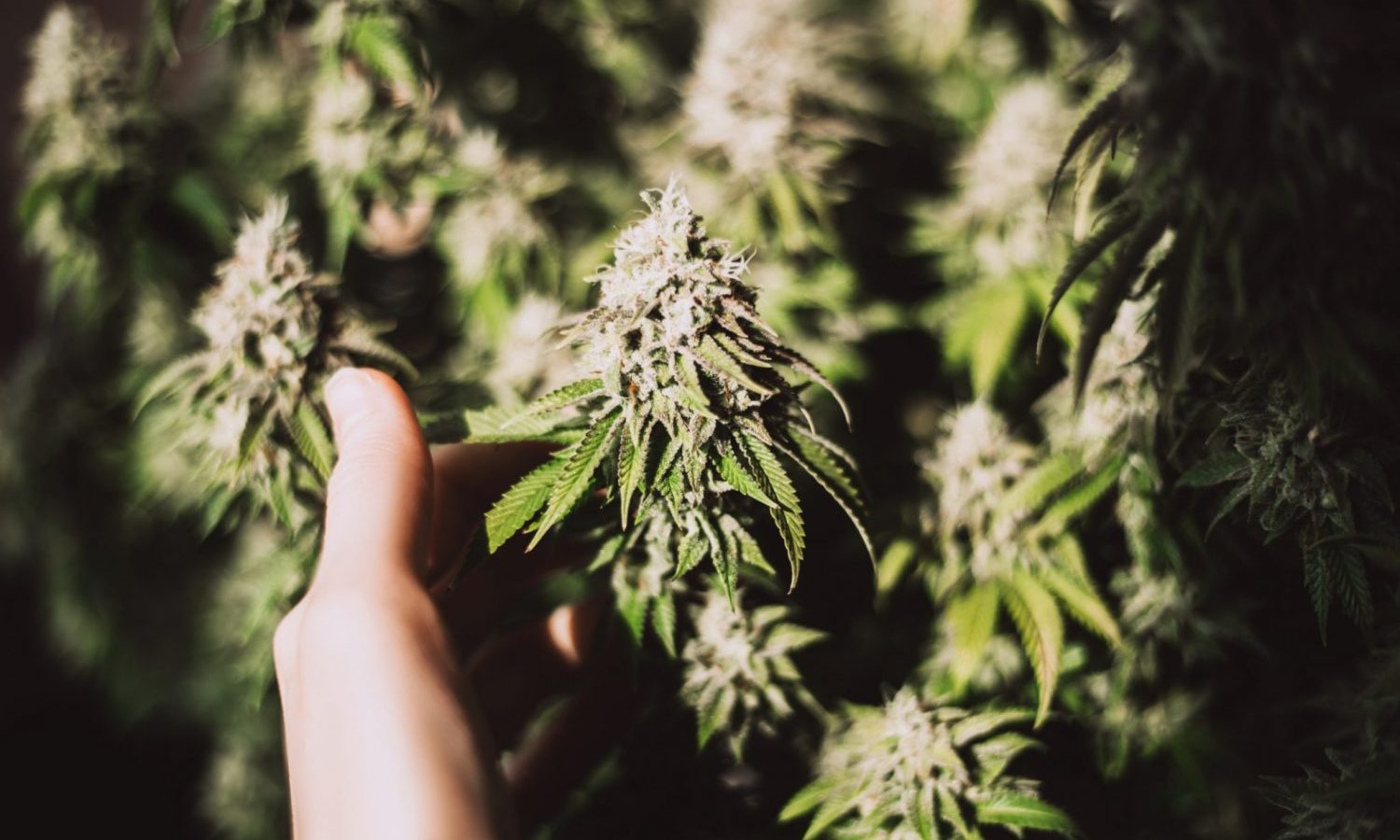
In increasingly competitive markets, it is vital to do everything possible to maximize profitability and ensure survival in the face of significant headwinds. High selling prices plus high demand and low production costs result in ideal cannabis business profitability. The difference between the two can mean the difference between the life and death of your company.
As a result, establishing high-quality cultivation facilities is critical to running a profitable cannabis enterprise. Cultivators seek new support as they transition from traditional soil or media strategies to more effective growing methods.
One effective technique is aeroponics, which is excellent at growing any plant (cannabis inclusive) in the air in a controlled setting while using less labor, nutrients, and water. Let’s dive deeper into how to set up a successful aeroponics operation!

Climate: Environmental Control
We kick off with the environment. Photosynthesis involves a lot more than light, plant, and moisture. You should aim to accomplish more than just cultivate plants. You should want to cultivate highly profitable plants. That implies you need to speed up photosynthesis so your plants can grow faster, bigger, and stronger than your competitors.
As a result, it is critical to understand how much moisture your environment can take from your plants as they break down carbon dioxide and release oxygen and water into the air surrounding them. Hence, the need to be familiar with Vapor Pressure Deficit (VPD).
VPD is the amount of “drying power” available in the airflow around your plants. It also measures how much mineral can be absorbed by the plant roots and converted into potency and size. We advise that you have facilities in your grow rooms to keep your environment within 5% of your temperature and humidity specifications for the best outcomes.
Humidification/Dehumidification
Cultivators often need to pay more attention to the importance of humidification/dehumidification. With cultivation starting at a very humid stage to encourage root initiation, humidity should be gradually reduced from a near 90% to a drier 50% in your end-of-flush flower rooms. You should understand that the critical variables for speeding growth throughout the phases are relative humidity (RH) and the associated VPD. Hence the need for proper humidification/dehumidification.
Cooling
Temperature control may appear simple, but the heat released by HPS lights, LED lights, or the sun varies across spaces, over time, and with the plant’s proximity to the light source. Temperature sensors should be placed throughout rooms to detect and activate temperature resources.
Airflow
It would be best if you used fans with your cooling, heating, humidity, and dehumidification systems to mix the air in the room. This will help break down the boundary layer on the leaf surface and allow for better transpiration. As previously said, VPD is essential to growth success. We recommend 0.5-1.5 meter/second flow rates to match your genetics and the phase of the flowering period.
RELATED: What Is The Best Way To Grow Weed?
Rich, beautiful scents and aromas are produced from good airflow and budding. Every facility must consider aroma management. If you live in a populated region, you will have to deal with ordinances and neighbors. The best way to accomplish this is to reduce the air that leaves a facility. It’sIt’s also the least expensive option.

Cultivation Media
Because hydroponic and aeroponic systems require no soil, water serves as the media and transport system for nutrition. Start with fresh, clean water that has “nothing” in it. Nothing in this situation indicates no pesticides, heavy metals, microbes, or diseases.
The first step is to test your water supply, whether well, surface, or municipal. This will get you a rough estimate of how “empty” your water is. Water supplies change over time. Thus, it is also an important input to assess water quality with annual or biannual testing. Clean water is essential for aeroponics success and an excellent method to reduce production costs. You can reuse and recycle 95%+ of the water you pump into your facility with the right design and management.
Ultraviolet Light (UV)
Organic particles and bacteria can be removed from water using UV light. The primary application of UV is to purify the water supply. Still, it is also critical for salvaged water that you’ve saved from humidity in your cultivation rooms. A note of warning, though; UV light must be handled with caution. Exposure will result in sunburn and eye damage, so use this resource with extreme caution.
Reverse Osmosis (RO)
RO is currently the standard technique for cleaning your inbound water. The method employs pressure filtration, which involves pushing the water through several meshes or filters that block or extract big particles, organics, and metals. Normally, this is 98% efficient. But these systems require special attention and management because they include filters that must be changed regularly depending on the purity of your water supply and the sort of material screened.
RELATED: Rookie Errors To Avoid When You Are Just Starting To Grow Weed

Dehumidification & Recovery (DEHU)
Capturing the moisture absorbed into the environment as the plants grow is the most effective way to preserve water in a rapid-growth aeroponic cultivation room. While DEHU water is efficiently distilled (or free of particles), it may contain healthy bacteria or pathogens transferred through the air or in the equipment filters. Generally, clearing them with UV light makes this water instantly recyclable in any fertigation system.
Oxygen Reduction Potential (ORP)
An oxidizing agent can be measured by ORP. Oxidizing treatments are a typical and low-cost way to disinfect water during and before usage in hydroponic systems. While in operation, oxidizers can be used to assess and deal with the “”cleanliness”” of a nutrient water solution. There are several oxidizing agents, the most common being hydrogen peroxide, chlorine, ozone, and chlorine dioxide.
Used Fertigation Water, or “Flush”
At the onset of the flowering cycle, take the clean water and mix it in the precise nutrient salt flower mixture before feeding it to your plants. Your plants will use some nutrients over the growth cycle from blossom to harvest. Since the salts and metals in the mixture may be removed by the same process of reverse osmosis that your source water goes through, nutrient-rich “”flush”” water can also be cycled in the source water feed.
Conclusion
When all these topics are adequately addressed, you can grow cannabis with the best bud quality and quantity. This guarantees maximum returns for a cannabis farmer looking to make a considerable profit margin.
This article originally appeared on Cannabis.net and has been reposted with permission.





